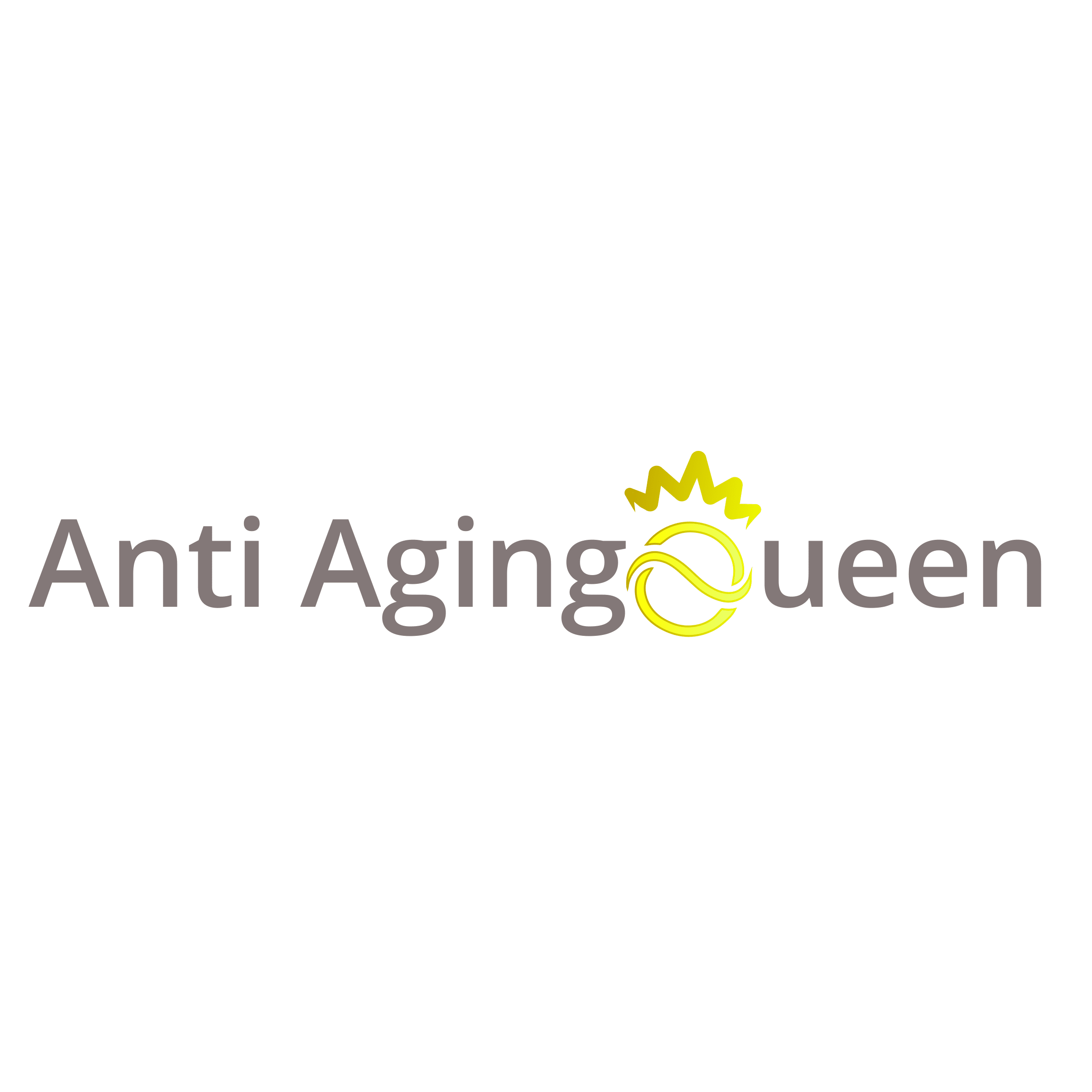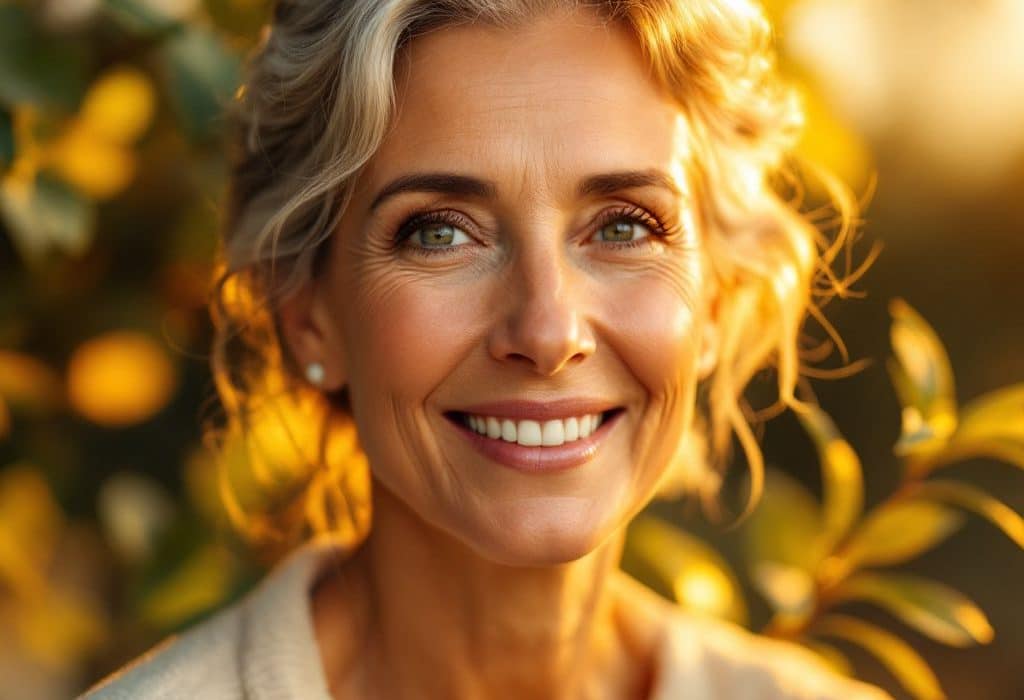In a world increasingly shifting towards mindful consumption, the quest for clean beauty products particularly suited for aging skin has never been more pertinent. This case study delves into the heart of clean beauty for aging skin, providing a narrative that is both personal and universal—a tale of discovery and dedication, of finding the best moisturizer for mature skin to honor my mother’s skin story while adhering to industry standards and ecological mindfulness.
Why Clean Beauty Matters 🌿
Clean beauty is more than a trend; it represents a profound paradigm shift in the cosmetics industry. Consumers, armed with growing awareness and access to information, demand transparency and sustainability in their beauty products. This demand is translated into formulations that shun harmful chemicals, opting instead for natural, safe, and effective ingredients.
The skin, particularly mature skin, often benefits from products that are devoid of irritants like parabens, sulfates, and synthetic fragrances. Scientific research supports that mature skin tends to be more sensitive and requires gentle yet effective care. 💧Therefore, the clean beauty movement not only attends to aesthetic desires but also engages with physiological needs, which can be significantly influenced by humidity and climate conditions.
The Case Study: Exploring My Mom’s Skincare Needs
My mother has always exemplified grace and resilience, echoed exquisitely through her skin. Now in her mid-sixties, she began to notice changes—fine lines turned to wrinkles, and her previously balanced skin oscillated between extremes of dryness and oiliness. Understanding what she needed was critical, but navigating the crowded marketplace filled with competing claims wasn’t straightforward.
The mission: find the best moisturizer for mature skin that honors her skin’s history and embraces it fully.
Analyzing Mature Skin: What Does It Really Need?
Structural Changes in Aging Skin
Mature skin undergoes intrinsic changes that affect its softness and firmness. Notable among these are:

- Decreased Collagen Production: Collagen fibers diminish with age, reducing skin’s structural integrity.
- Decreased Elastin: The loss of elastin increases sagging and promotes wrinkle formation.
- Reduced Sebum Production: As sebaceous glands produce less oil, moisture retention becomes challenging.
- Impaired Barrier Function: The skin’s protective function may weaken, increasing susceptibility to irritation and damage.
Here’s a table that summarizes some critical changes:
| **Skin Aspect** | **Young Skin** | **Mature Skin** |
|---|---|---|
| Collagen Production | High | Reduced |
| Elastin Levels | Abundant | Diminished |
| Sebum Generation | Moderate to High | Lower |
| Barrier Function | Strong | Weaker |
Ingredient Insights: Building Blocks of Moisture
To combat these changes, a moisturizing regimen for mature skin should integrate ingredients known for their restorative and protective benefits. Some of these include:
- Hyaluronic Acid: A naturally occurring molecule capable of holding 1,000 times its weight in water, aiding in moisture locking. Understanding the role of glycosaminoglycans in skin hydration can enhance these effects.
- Retinoids: Vitamin A derivatives that enhance collagen production, accelerating cell turnover and reducing fine lines. Understanding when to introduce retinol into your skincare routine can significantly impact its effectiveness.
- Peptides: Short chains of amino acids, promoting collagen synthesis.
- Antioxidants (like Vitamin C and E): Critical in fighting free radical damage and enhancing skin brightness.
Evaluating Formulations: The Clean Beauty Benchmark
To classify as a clean beauty product, formulations must avoid synthetic additives while ensuring powerful efficacy. Inspection of ingredient lists, third-party certifications, and even company-wide policies around ethical sourcing and packaging—all play a role in validating a product’s authenticity.
Practical Tips for Evaluating Products:
- Ingredient Research: Utilize databases like the EWG’s Skin DeepⓇ Cosmetics Database for insight on product safety.
- Certification Checks: Look for seals from Green Seal, EcoCert, and other reputable organizations that certify green products.
- Packaging Transparency: Brands often signify their commitment to sustainability through eco-friendly packaging solutions.
A Personalized Process
In finding a product for my mother, our criteria required fulfilling her skin needs while aligning with eco-friendly practices. We embarked on a journey using a process marked by these key steps:

- Consult with Dermatologists: Professional insights provided much-needed guidance in understanding the specific requirements of her skin.
- Sample Testing: Before committing to full-sized products, utilizing samples helped determine suitability without waste.
- Monitoring Skin Response: Gather feedback on how the skin responds to products over a fortnight, noting any irritations or improvements.
Product Breakdown: The Best Moisturizer for Mature Skin
Among the contenders in the marketplace, certain standout products have won industry accolades not only for their purity but also for their effectiveness. Here’s an analysis of a selected formulation that excels in providing exemplary care:
Product: Regenesis Pro
**Key Ingredients:**
- Plant-Based Squalane: Provides deep hydration and improves skin elasticity without clogging pores.
- Sea Kelp Bioferment: Supplies essential amino acids and vitamins soothing to sensitive skin.
- Boswellia Extract: Anti-inflammatory properties reducing redness and promoting skin healing.
**Why It Works:**
- Its pH-balanced formula respects the skin’s natural mantle, crucial for mature skin plagued by imbalance.
- Proprietary encapsulation technology ensures time-release of active ingredients, maximizing benefit while minimizing irritation.
Recommended Use:
Regenesis Pro recommends a dual coat application—first as a base moisturizer and then a concentrated application at night to build on skin regeneration during restorative night cycles.
Real-World Applications and Outcomes: Insight Gathering 📊
To elucidate the transformational impact clean beauty products can wield on mature skin, we delve into case studies depicting broader trends corroborating individual experiences like my mother’s.

Industry Data:
The Global Wellness Institute predicts the beauty industry will experience further double-digit growth in clean beauty, spotlighting particularly within sectors serving aging demographics.
Case Study Insight: Aging Gracefully Initiative
This initiative, conducted by Harvard Medical School, surveyed individuals aged 55 and over over five years, sharing the profound impact a clean beauty-based regimen had on participants. Nearly 76% of participants reported improved skin tone and reduced wrinkles after a three-month period of exclusive clean product use.
The findings cement a premise: Clean beauty offers not merely a means of grooming but a route to deeper wellness involving self-esteem and personal expression.
Expert Recommendations: Embrace Within Limits
While the clean beauty movement offers prodigious promise, implementation must align with personal needs and preferences. Notably:
- Dermatologist Partnerships: Engage with skin professionals to determine genetic and environmental variables affecting skin health. These consultations can be vital in understanding what is considered mature skin and tailoring skincare routines accordingly.
- Regular Product Evaluation: As seasons change, so may skin requirements; assess product efficacy biannually.
- Limitation Acceptance: No single product supplants holistic health practices—diet, hydration, and lifestyle choices remain thrusts supporting external applications.
Closing Thoughts: A Legacy Worth the Effort
In honor of my mother’s skin journey, the process of finding the best moisturizer for mature skin represents more than market testing; it is an homage to embracing transitions gracefully. Through this journey, the respect for her personal history resonates, underscored by science-founded care and ecological consciousness.
The clean beauty spectrum offers a robust array of solutions that speak to the yearning of those seeking sanctity in self-care—a powerful method that not only promises external enhancement but also inner kinship harkening to traditions unspoken yet perpetually felt. 🌟
Embrace the legacy your skin holds and journey into a realm where clean, conscious care awaits with open arms.
Frequently Asked Questions
What are the benefits of using a hair mask in my hair care routine?
Using a hair mask can provide several benefits, including hydration, smoothing, strengthening, curl definition, heat protection, and damage repair. Hair masks infuse the hair with moisture, help coat the hair shaft to seal split ends, reduce breakage, and protect the hair from heat styling and environmental damage[1][4].
What ingredients should I look for in a hair mask?
Effective hair masks often include ingredients such as coconut oil, argan oil, shea butter, honey, avocado oil, green tea, and coconut water. These ingredients provide nourishment, moisturize, and protect the hair, offering benefits like softening, moisturizing, and protecting against damage[2][5].
How often should I use a hair mask in my routine?
You should use a hair mask whenever your hair feels dry, unmanageable, or in need of intense hydration. This can vary depending on your hair type and needs, but generally, using a hair mask once or twice a week can help maintain healthy and moisturized hair[1][4].
How do I apply a hair mask for the best results?
To apply a hair mask effectively, shampoo your hair first, then apply the mask, focusing especially on the ends where hair tends to be the most damaged. Leave the mask on for anywhere from 10 minutes to overnight, depending on the type of mask and your hair’s needs[1][4].
References

